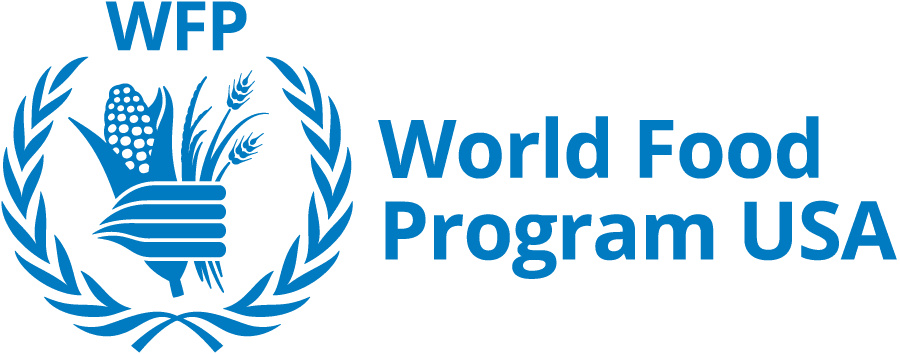Poor Food Systems
A main driver of hunger and malnutrition in Ghana is poverty. Despite rapid urbanization, inefficient food systems in rural areas are keeping poverty and food insecurity rates high. Farmers face challenges from climate change, low prices, poor road infrastructure, lack of access to finance, inadequate markets, post-harvest losses, insufficient education, unsustainable farming systems and gender inequalities.
Agriculture remains the mainstay of the entire Ghanaian economy. About 45% of the population relies on the agricultural sector for their livelihoods. In northern Ghana, 90% of families rely on agricultural livelihoods, and severely limited food production has resulted in chronic poverty, food insecurity and malnutrition. Varying food availability causes price fluctuations throughout the country, which in turn affect affordability. Because Ghana is a food deficit country, families are also vulnerable to global price spikes for imported foods such as rice.







